- The Range Rover Sport SV is the only way to get a V8 Range Rover Sport in 2025.
- It costs more than double the standard Sport but makes oodles of power and has carbon wheels.
- Does all the excess bear fruit at our test track? We find out.
Tested: 2025 Range Rover Sport SV Provides Fantastically Unnecessary Excess
But just because you can doesn't always mean you should
They did this because they could. The 2025 Range Rover Sport SV (Edition Two) is one of the most "why not?" cars on sale right now. There is so much in the way of excess here, be it the price, the motor, or the materials used, that you just can't help but laugh.
While most Range Rover Sports in 2025 make do with a straight-six engine or a plug-in hybrid system, the SV makes full use of a 4.4-liter twin-turbo V8. In total, it kicks out 626 horsepower and 553 lb-ft of torque. That's more power than a Mercedes-AMG GLS 63 or the BMW X5 M Competition (from which this engine is sourced). All that juice moves through an eight-speed automatic gearbox to all four wheels.
But that's not all Land Rover did here. The 23-inch wheels are made from carbon fiber and are the largest production carbon wheels ever made. The front brakes are huge carbon-ceramic discs clamped by eight (yes, eight) equally massive piston calipers — the rears are nearly as meaty too. The hood is made from not one but two different weaves of carbon fiber, the seats are SV-specific sport buckets, and the paint on our test was a spectacular matte rose color.
All in, this Rover is an eye-watering $204,875. That's nearly three times as much as a standard Range Rover Sport. High-performance V8s just don't come cheap in 2025.
Despite being so pricey and having so much claimed grunt, the Sport SV doesn't always feel as potent as you'd expect. What drive mode you're in has never made more of a difference. Whether you're in Normal or even Dynamic, the SV feels like a regular Range Rover Sport that just so happens to have a V8. It isn't particularly raucous, the gear shifts are slurred for the sake of smoothness, and the throttle pedal is long, meaning you really have to dig in to gain any appreciable speed.
But if you thumb the little SV button on the steering wheel, you get a completely different machine. That mode loosens up the traction control, sharpens the throttle, opens up the exhaust, and firms up the ride. The gut punch you get off the line thanks to the V8's newfound vigor fuels a 4-second run from 0 to 60 mph at our test track. By contrast, the key-up acceleration run, where we simply mash the accelerator pedal without changing modes or doing any other prep work, was a full second slower.
It finished the quarter mile in 12.1 seconds at 115.5 mph. For something that weighs 5,600 pounds, that is nothing short of dead impressive. Less impressive were the braking figures. The SV needed 119 feet to stop from 60 mph (more than the even heavier BMW M5 we recently tested). That was the SV's best stop, with others ranging between 121 and 122 feet.
2025 Range Rover Sport SV Edition Two Test Results
2025 Range Rover Sport SV Edition Two | Edmunds test results |
|---|---|
| Engine | twin-turbo 4.4-liter V8 |
| Power | 626 hp |
| Torque (lb-ft) | 553 lb-ft |
| Driveline | all-wheel drive |
| Transmission | eight-speed automatic |
| 0-60 mph | 4.0 seconds |
| Quarter mile (seconds @ mph) | 12.1 seconds @ 115.5 mph |
| 60-0 mph braking (feet) | 119 ft |
| Lateral grip (200-foot skidpad) | 0.92 g |
| Weight | 5,657 pounds |
| EPA fuel economy | 18 mpg combined |
| Base price | $180,700 |
| As-tested price | $204,875 |
On our skidpad, the SV managed 0.92 g. Land Rover claims this SUV can do 1 g in a corner, but it deserves plenty of credit for sustaining such a high average figure. There's no doubt the reduction of unsprung mass from both the wheels and brakes helps, too. But that doesn't mean it will do so easily.
"The Sport SV is a tale of two modes. In its standard mode, the SV is hamstrung by an extremely conservative stability control system. The system steps in well below your or the SV's limits," senior vehicle test editor Kurt Niebuhr said. "Here, [the SV] is happy to indulge in both on- and off-throttle oversteer, and you'll need to be ready to react to the SV's antics. There's still a fair bit of body roll, and while the steering seems pretty accurate, the low-grip all-season tires on our test SV made it difficult to predict the trajectory of this giant missile around our handling loop."
The problem is you aren't able to access the more lurid, silly side of the SV's personality all of the time. When you’re not at our test track, where the limits of anything can be more safely explored, the goal is to drive quickly and accurately. But if you aren't kicking it in the backside, this Range Rover just settles into a dull understeer.
Plus, the Pilot Sport All Season 4 tires didn't give the kind of face-pulling grip we're expecting. Other SUVs in this price category, be it the Porsche Cayenne Turbo GT or the Lamborghini Urus, are given much sticker shoes. Those other SUVs handle a lot more like ridiculously overpowered hot hatchbacks, not cumbersome crossovers. The SV just doesn’t manage to quite pull off the same trick.
Not only that, but the SV doesn't feel like much of an occasion when you're just puttering around town. The cabin, save for the excellent bucket seats, is standard Range Rover Sport fare. The carbon-fiber wheels are dope, but you're going to live in constant fear that you or, let's face it, the valet at the Beverly Hills Hotel is going to ruin them, and we really don't want to know how much a new set will set you back.
We like that the good people at Land Rover went so overboard with the SV, but just because they could doesn't mean they should have. If you must have a Range Rover Sport with a V8 in 2025 and want something that's only impressive in perfect conditions, then sure, why not? We don't think it's worth the money, but if that's no object, go for it. Just skip the carbon wheels unless you actually plan on tracking your near three-ton Range Rover (which we sincerely hope you don't).
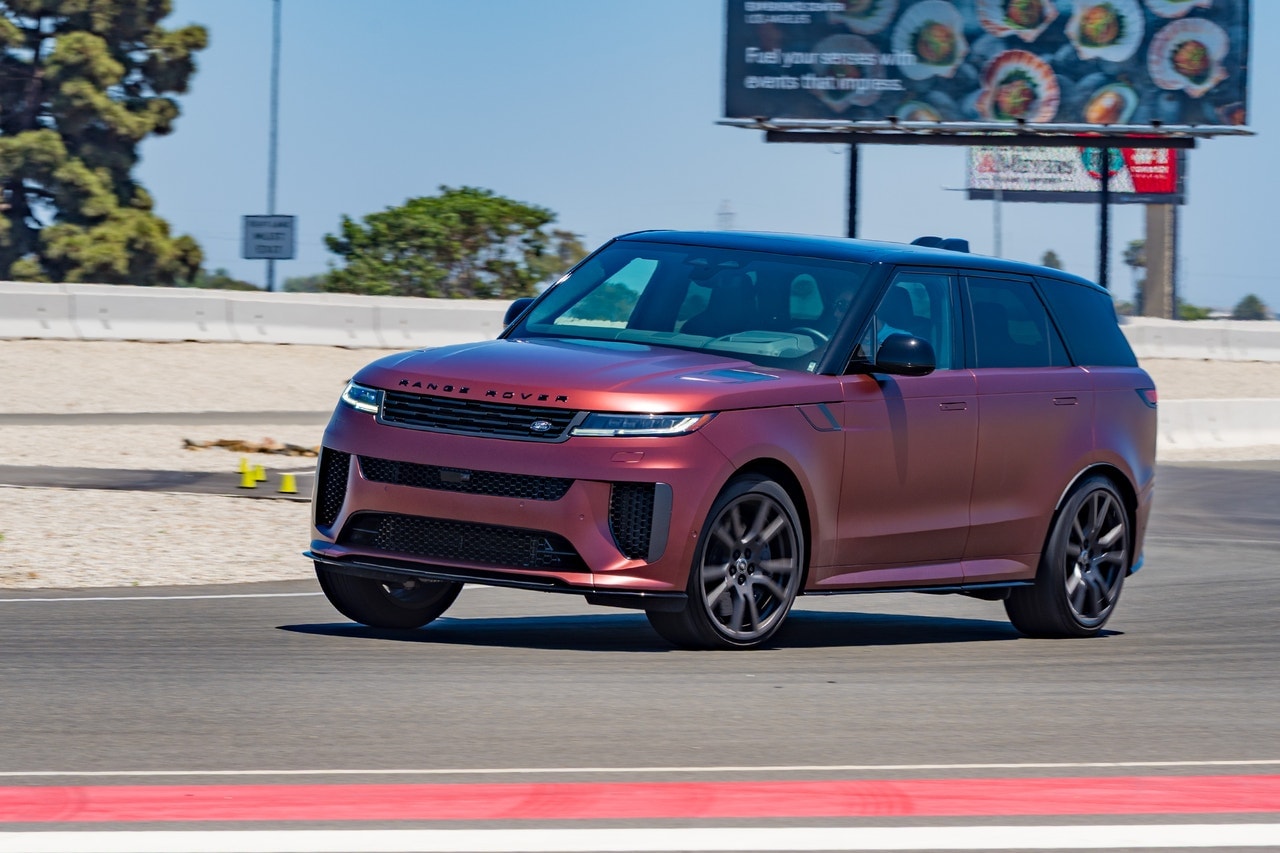
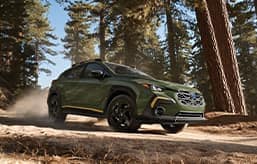
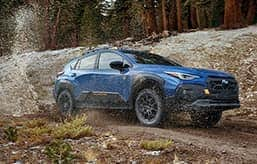
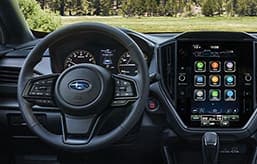
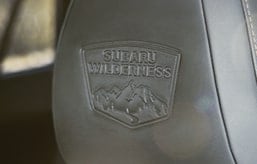
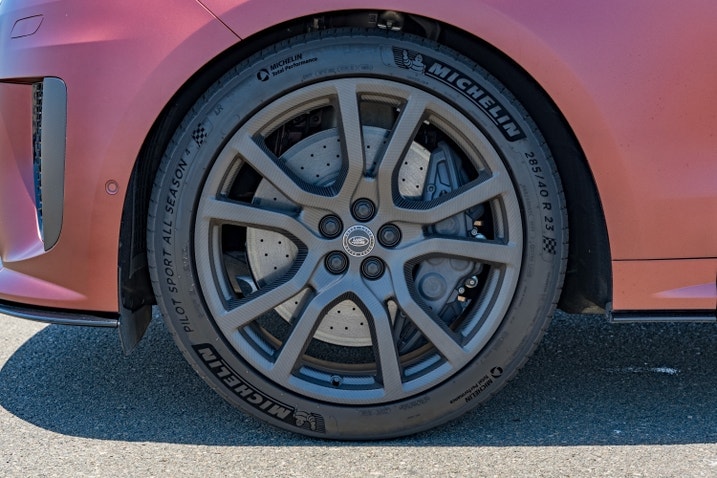
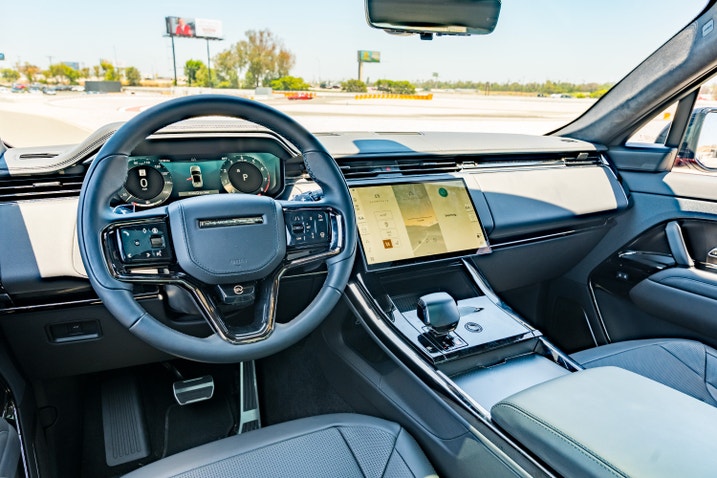
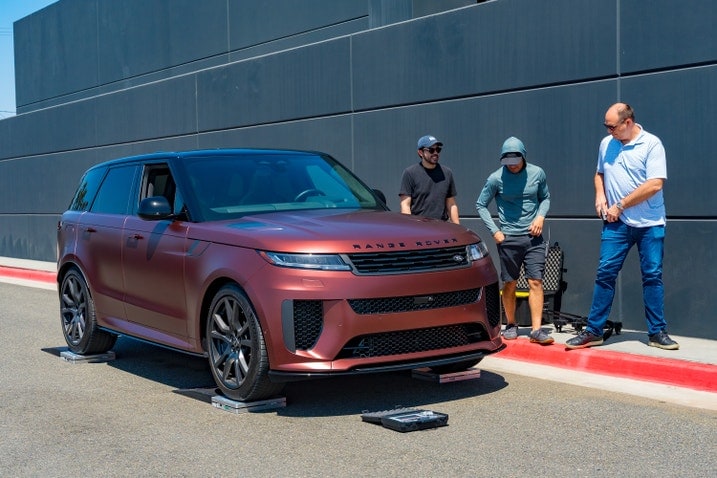
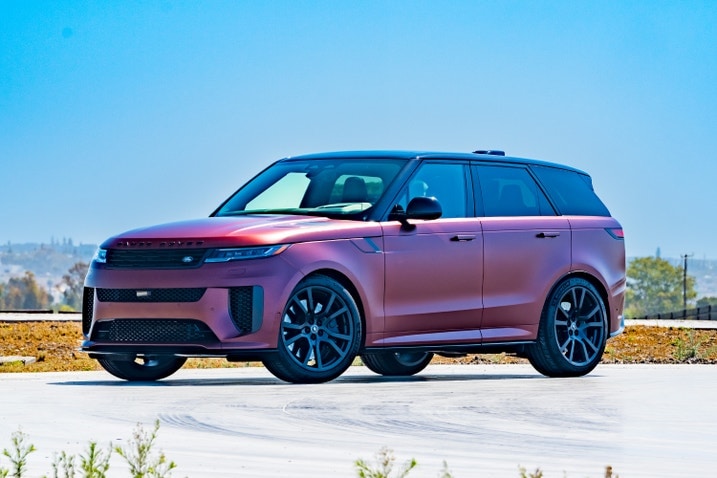
 by
by  edited by
edited by